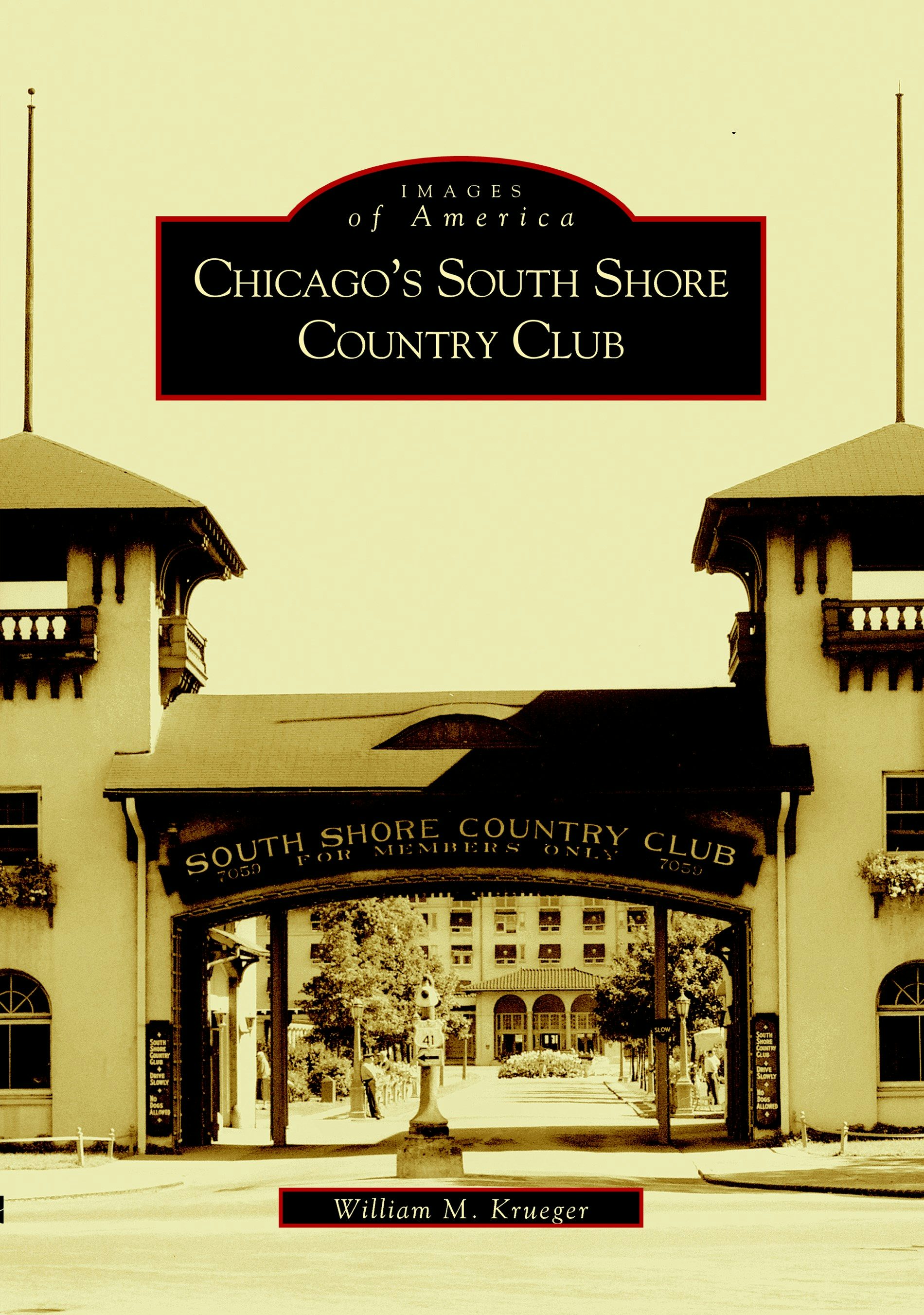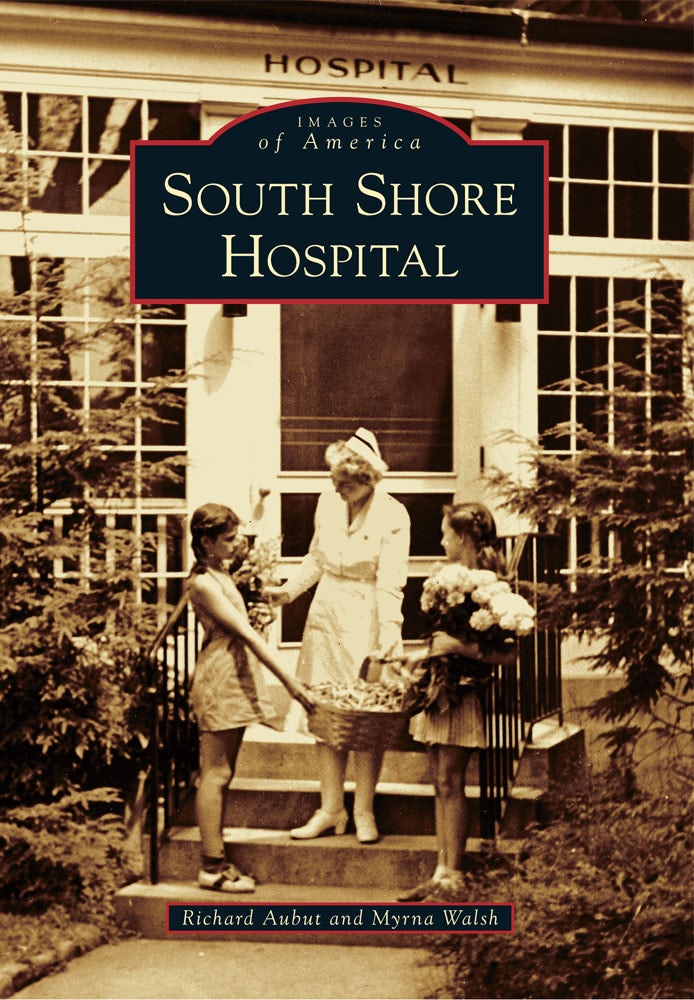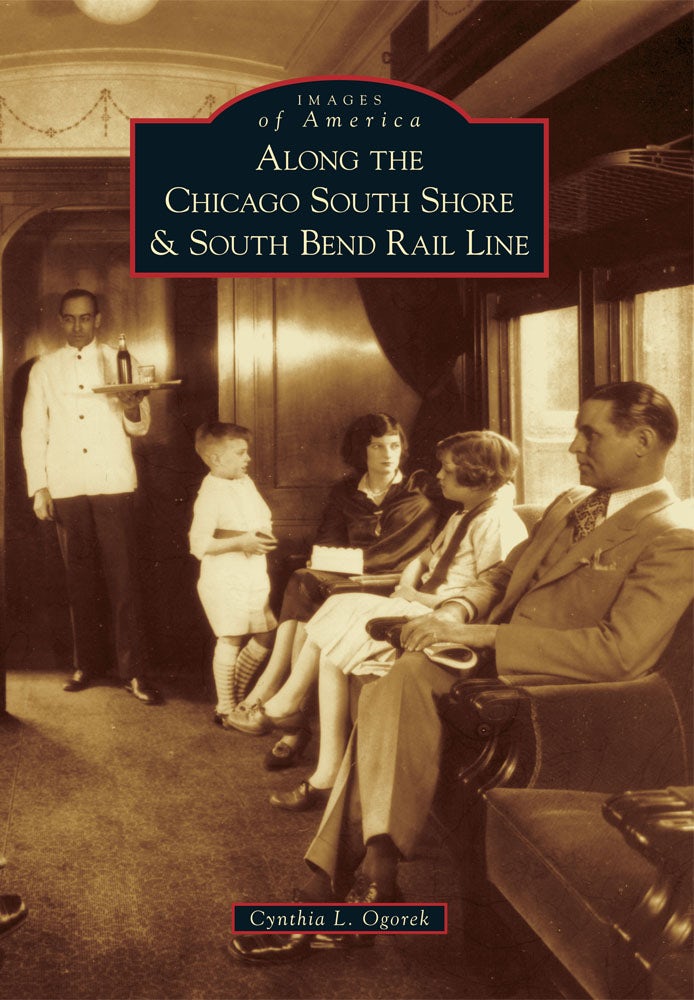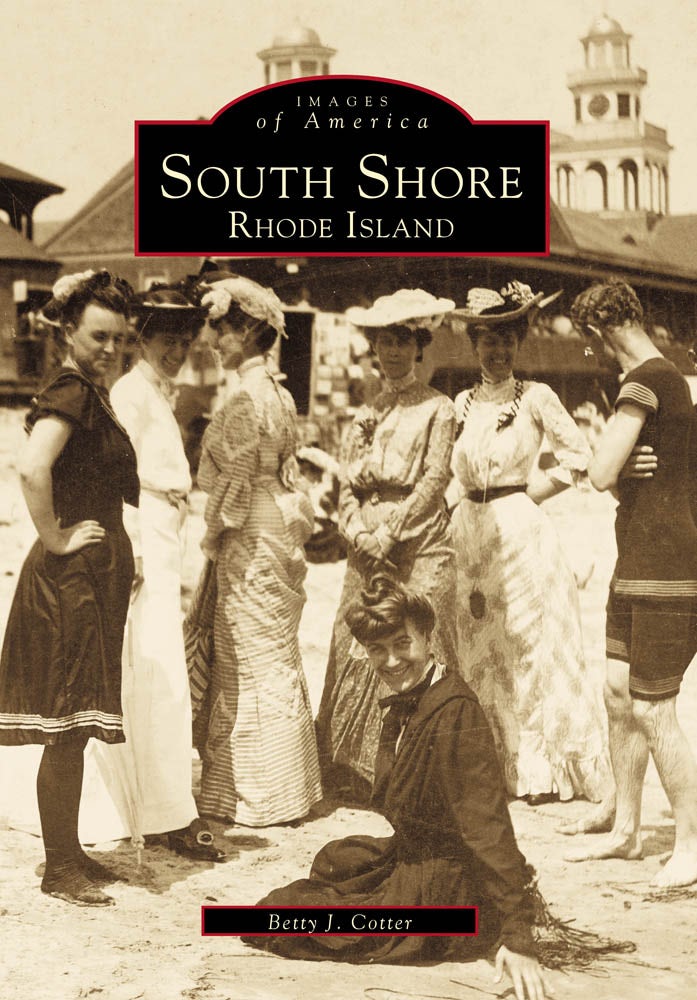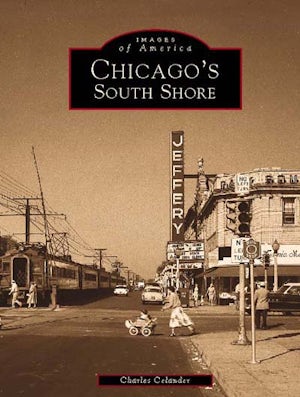
Discover the many faces, places and events that marked the evolution of Chicago's South Shore from Hyde Park to Jeffery Manor and South Chicago.
Chicago's South Shore has a mature, urban nature that disguises its evolution from marshland to farmland, and from suburb to city neighborhood. Located between Jackson Park and 79th Street, and from Lake Michigan to Stony Island, the marshland of the 1800s was first settled by German and Scandinavian truck and flower farmers. Beginning in the 1890s, the Illinois Central Railroad Electric Line expanded into what was largely undevel... Read More
Discover the many faces, places and events that marked the evolution of Chicago's South Shore from Hyde Park to Jeffery Manor and South Chicago.
Chicago's South Shore has a mature, urban nature that disguises its evolution from marshland to farmland, and from suburb to city neighborhood. Located between Jackson Park and 79th Street, and from Lake Michigan to Stony Island, the marshland of the 1800s was first settled by German and Scandinavian truck and flower farmers. Beginning in the 1890s, the Illinois Central Railroad Electric Line expanded into what was largely undevel... Read More


